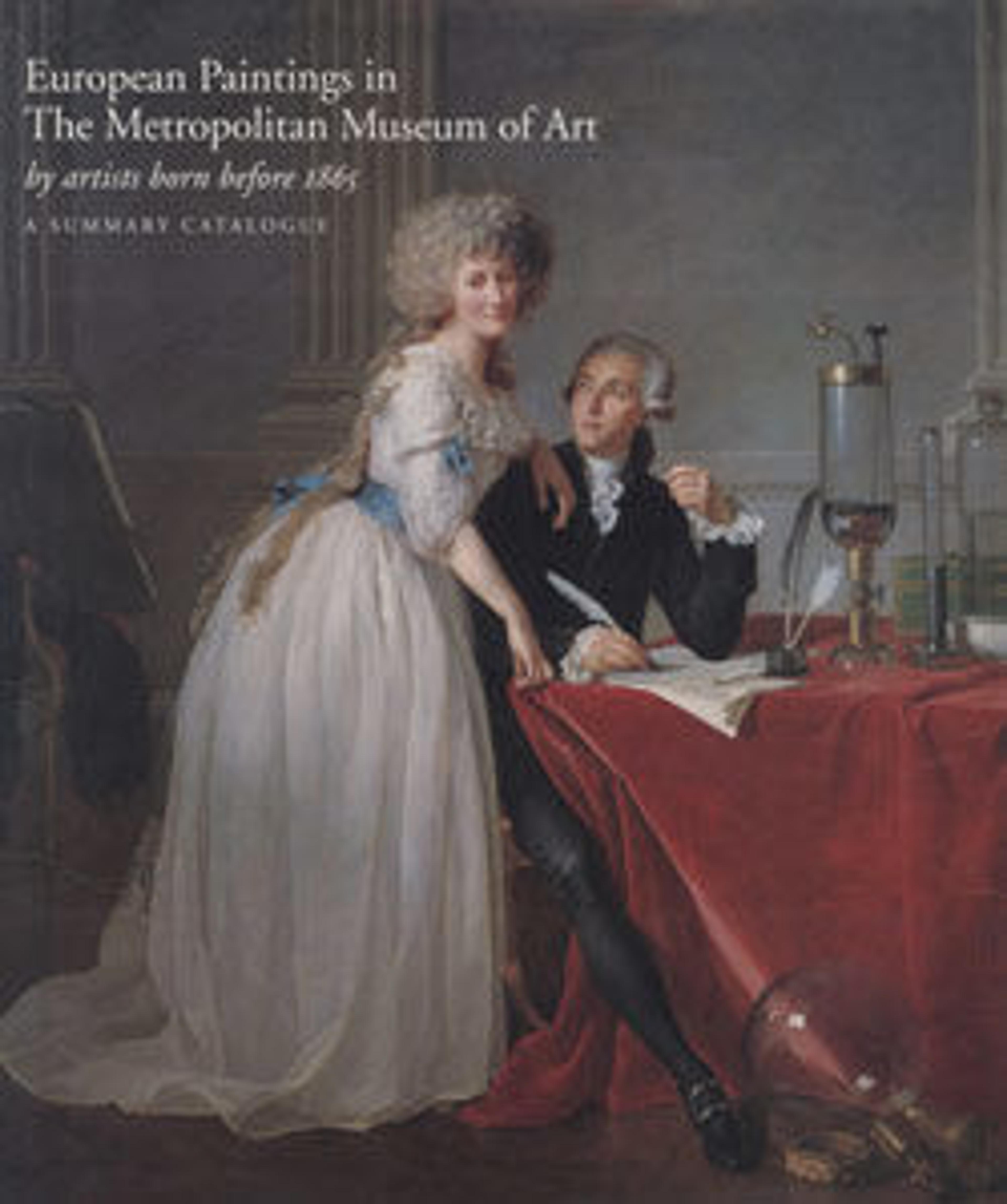The Road from Moret to Saint-Mammès
A pencil drawing after this picture appears near the beginning of a sketchbook that Sisley kept as a record of his work from November 1883 to the summer of 1885 (Musée du Louvre, Paris). The drawing bears an inscription that identifies the site as the road from Moret to Sainte-Mammès, which runs along the Loing River; the water is just visible at lower left. Sisley established himself in this area, on the edge of the Forest of Fontainebleau, in 1880, and was captivated by its "quite picturesque views." He settled permanently in Moret in 1889.
Artwork Details
- Title: The Road from Moret to Saint-Mammès
- Artist: Alfred Sisley (British, Paris 1839–1899 Moret-sur-Loing)
- Date: 1883–85
- Medium: Oil on canvas
- Dimensions: 19 7/8 x 24 1/4 in. (50.5 x 61.5 cm)
- Classification: Paintings
- Credit Line: Bequest of Joan Whitney Payson, 1975
- Object Number: 1976.201.18
- Curatorial Department: European Paintings
More Artwork
Research Resources
The Met provides unparalleled resources for research and welcomes an international community of students and scholars. The Met's Open Access API is where creators and researchers can connect to the The Met collection. Open Access data and public domain images are available for unrestricted commercial and noncommercial use without permission or fee.
To request images under copyright and other restrictions, please use this Image Request form.
Feedback
We continue to research and examine historical and cultural context for objects in The Met collection. If you have comments or questions about this object record, please contact us using the form below. The Museum looks forward to receiving your comments.
